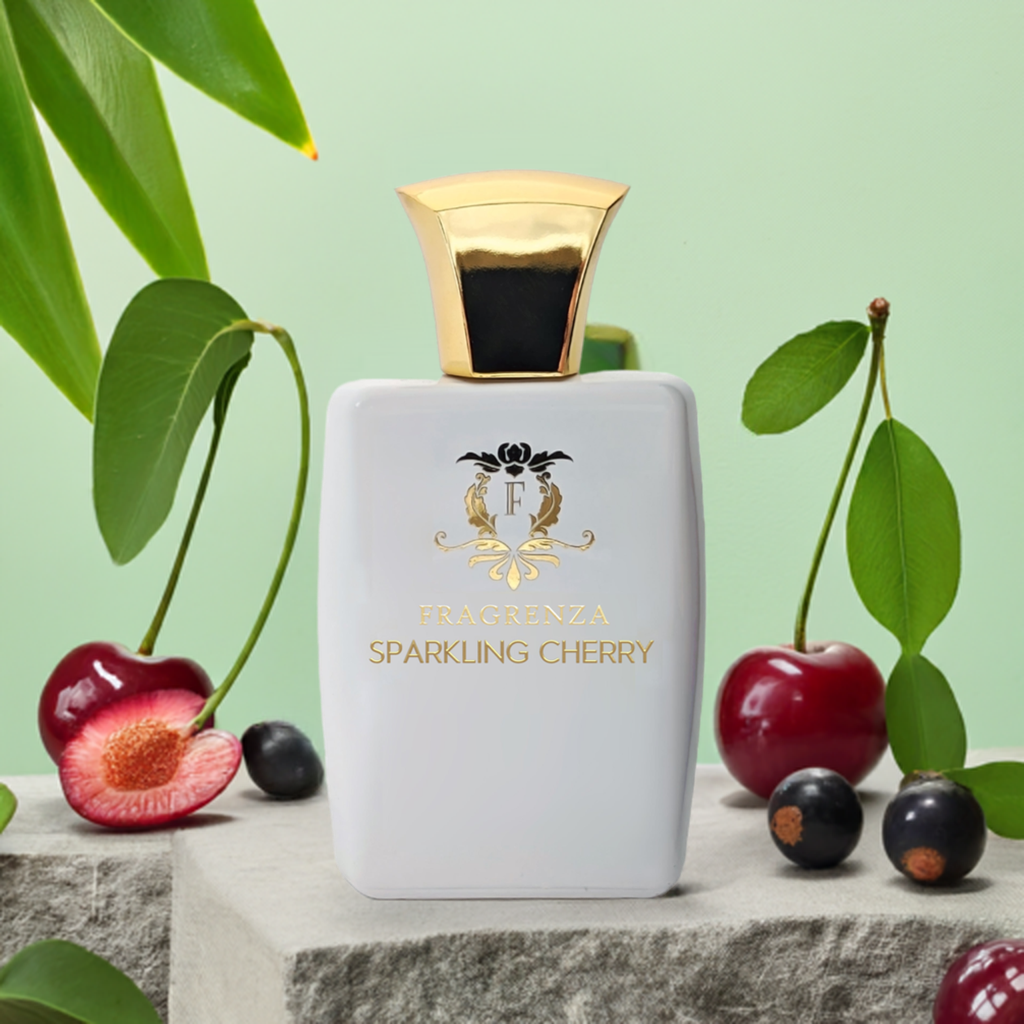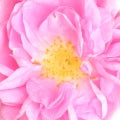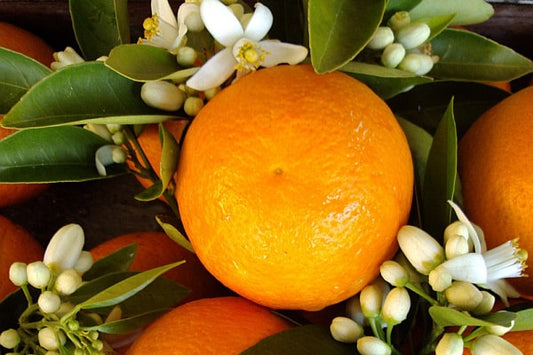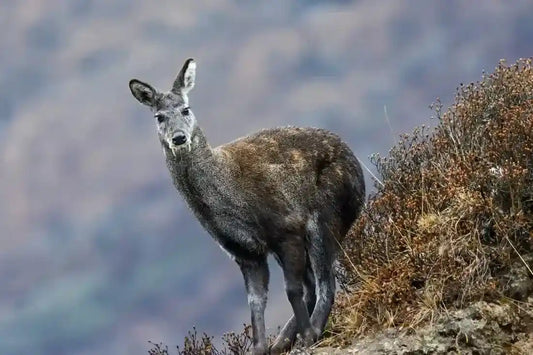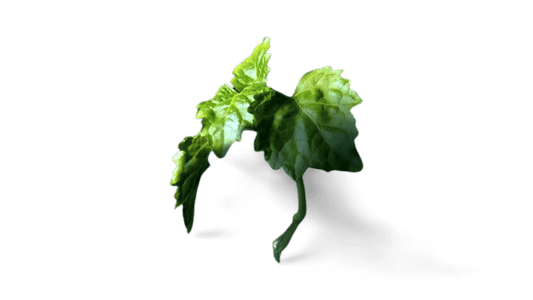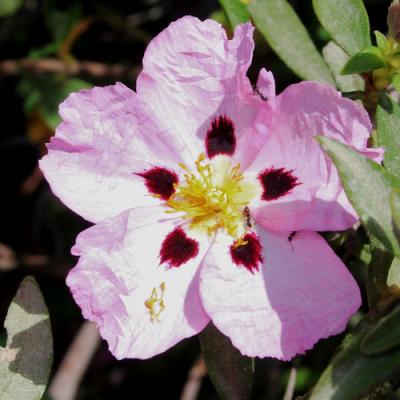No products found
Use fewer filters or remove all
Shea Nuts Fragrances
Explore our collection of shea nuts fragrances. Shop shea nuts perfumes that will captivate your senses.Sea Buckthorn Fragrances
Experience the invigorating scents of sea buckthorn fragrances. Discover the best sea buckthorn perfumes and immerse yourself in a refreshing aroma.Absinthe Fragrances
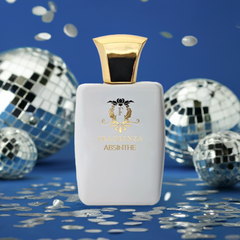
From this collection Absinthe is Kilian L’Heure Verte dupe
Indulge in the captivating absinthe fragrances. Explore the best absinthe perfumes and let their enchanting scents transport you.Akigalawood Fragrances
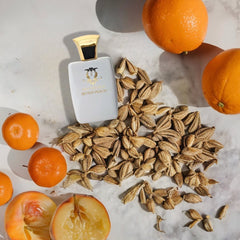
From this collection Better Peach is Tom Ford Bitter Peach dupe
Discover the delightful scents of akigalawood fragrances. Shop best akigalawood perfumes online and add a touch of elegance to your fragrance collection.African Fragrances
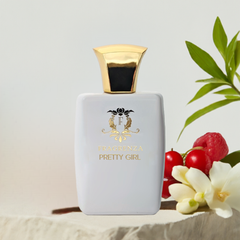
From this collection Pretty Girl is Carolina Herrera Good Girl Suprême dupe
Immerse yourself in the world of african fragrances. Experience the best african perfumes for men and discover unique and captivating scents.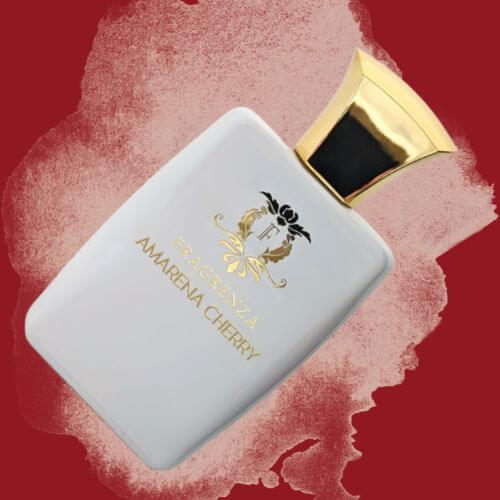
Amarena Cherry
Obsessed with cherry? If you want to really amp up the cherry scent, this Tom Ford Lost Cherry dupe will give Lost Cherry a run for its money. Black cherry, cherry syrup, and cherry liqueur all mingle together for an indulgent cherry overdose that’s complemented by notes of almond, tonka bean, Turkish rose, and jasmine sambac.
Flowers
Rosa damascena trigintipetala
Collapsible content
Description
Taif is one of the oldest cities in the world. It is located in the western part of Saudi Arabia, close to the holy city of Mecca. Taif is mentioned in all the books on the Arabian Peninsula. Its heritage and ancient monuments have many stories to tell to visitors. Taif is known for its Okaz bazaar, one of the most famous Arab bazaars. It is known for its valleys, such as Wadi Al-Naml. Legend says that this valley was visited by King Solomon. There is the valley named Wadi Wej where the Prophet Muhammad banned all hunting, logging and any other activity that could have harmed wildlife. Some famous people lived there, such as Hajjaj Ibn Yusuf Thaqafi, the tyrant leader of the Arabs, and Abdullah Ibn Abbas, the friend of the Prophet Muhammad. Yet Taif is known for more than that. He is known for the famous Wardh Taifi, the Rose of Taif. The suburbs of Taif and its valleys Huda, al Shafa, al Ghadeerayn and Wadi Mahram, are known for the cultivation of this rose, which creates more income than growing vegetables or crops. Taif is located 2000 meters above sea level and due to its climatic conditions cooler than the climate of Jeddah and Mecca, quality irrigation systems and fertile land, c is an ideal area for growing roses. During the Ottoman Empire, this region was called the Arabian Rose. Photo by Josef Trk Reit im Winkl Chiemgau Rose of Taif, WardhTaifi Rosa damascena trigintipetala belongs to the species Rose of Damascus. There are several varieties of Damascus rose, such as the autumn Damascus rose R. damascena sempervirens and the Kazanlik Damascus rose also Rosa damascena trigintipetala. Damascus rose grows as a small thorny bush 1-2 m tall with whitish hairy leaves and pink, highly fragrant flowers with 30 petals. This rose is most often linked to Bulgaria and Turkey as its country of origin, or more precisely, to the Kazanlik Valley in Bulgaria, where this rose has been cultivated for 330 years, and to Isparta in Turkey. It was never entirely clear how the 30-petal Damascus rose appeared in Taif. Due to its close resemblance to the rose of Kazanlik, it has been suggested that the rose of Taif was brought to Taif from the Balkans by the Turks, who occupied this region in the 14th century. However, the Kazanlik rose, whose Turkish name means suitable for [the distiller's] kettle, has its origins in the Persian rose plantations around Shiraz and Kashan. Legends say that this rose is actually from India. In the West, it is the Rose of Damascus which is known for its deep and intense fragrance, while in the Arab world it is the Rose of Taif which is famous for the same properties. The flowers of the Rose of Taif, whose fragrance is even more intense than that of the Rose of Damascus, are harvested in April, in the early morning, because the buds bloom at dawn. They must be picked before the sun and the heat of the day destroy the essential oils necessary for the production of rose water. Photo by magnusfranklin The first description of the distillation of rose petals in the Middle East was provided by al-Kindi, a 9th century philosopher. A somewhat more sophisticated still was described by al-Razi in the 10th century. One of the oldest centers of rose water production was Persia. By the 13th century, rosewater production was widespread in Syria, and it seems likely that the Damascus rose was named after the city of Damascus. The word attar, used by many today as a synonym for rose oil, comes from the Arabic word ittr, which means perfume or essence. Although the Arabs distilled rose water from the petals as early as the 9th century, the earliest sources documenting the origins of attar as a rose derivative come from India. The fourth Mughal emperor Jahangir, whose reign took place in the late 16th and early 17th centuries, attributed the discovery of attar to his mother-in-law, Asmat Begum, the mother of his wife, Noor Jehan. While making rose water, when she poured hot water into a kettle with rose petals, foam appeared. She picked it up and found that the moss smelled as strong as a bouquet of blooming roses. The emperor, delighted with the beauty of the perfume, rewarded Asmat Begum with a pearl necklace, and in return, she named the oil itr-i-Jahangiri. Another legend says that the attar was discovered by Noor Jehan herself, when a rose petal bath was left to cool overnight. When she lay down in the water, she discovered the scented oil on the surface of the water. Picture by huangjiahui Over two centuries ago, the rose petals of Taif were collected, securely sealed and brought to Mecca on the back of a camel. This is where attar was produced by Indian distillers. The distillation process was different from that used today, and distillers then came to master the production of fine attar. Their technique was the infusion of rose distillate in sandalwood oil, which gave fresh, floral and woody notes. It is interesting to note that this mixture is still present in India, and even very rarely in Saudi Arabia. About 200 years ago, Arab stills took their art to Taif and closer to the rose fields. Thus, the production of rose oil was improved by preventing the loss of scent oil which previously occurred during transport to Mecca, as scented rose oil evaporates from the petals in a short time. Shortly after the establishment of the distilleries in Taif, Taif rose oil became famous in the Muslim world. Pilgrims coming from the east very often took a route via Taif just to buy rose oil, and every Muslim who could afford it made sure to buy at least one vial of the precious rose oil in remembrance of the Hajj. Photo by sheeshoo Today, production of rose oil in Taif, although of the highest quality, appears modest compared to the quantities produced by major exporters from Turkey, Bulgaria, Russia, China, Morocco and Iran. However, the market is not in surplus. Attar is still being produced diligently. Its scent is still strong and expensive, so even a small amount, given as a gift, is considered the best compliment one can give. At present, the main rose growers from Taif to Taif are five families: al Qadi, al Kamal, al Qureishi, al Ghuraybi and al Solhi. These families oversee most of the rose oil and culture laboratories in Taif. They produce an authentic attar, with a unique and strong aroma and a yellow color, sometimes slightly greenish the green color indicates poor quality. Despite popular belief, Taif Rose fragrance does not last long on the skin because it is quickly absorbed. To produce an 11 gram bottle of attar, it takes about 40, 000 rose blossoms, which costs about $ 400.
-
Our best sellers.
-
Adeline PDM Delina dupe Better Peach Tom Ford Bitter Peach dupe Chloris Gardenia Gucci Flora Gorgeous Gardenia dupe Fearless Love Kilian's Love, Don't Be Shy dupe Selvaggio Dior's Sauvage dupe Addict Noir YSL's Black Opium dupe Empress D&G's L'Imperatrice dupe Divino Bleu de Chanel dupe Lo amo J’Adore Dior dupe Pretty Girl Carolina Herrera's Good Girl dupe
